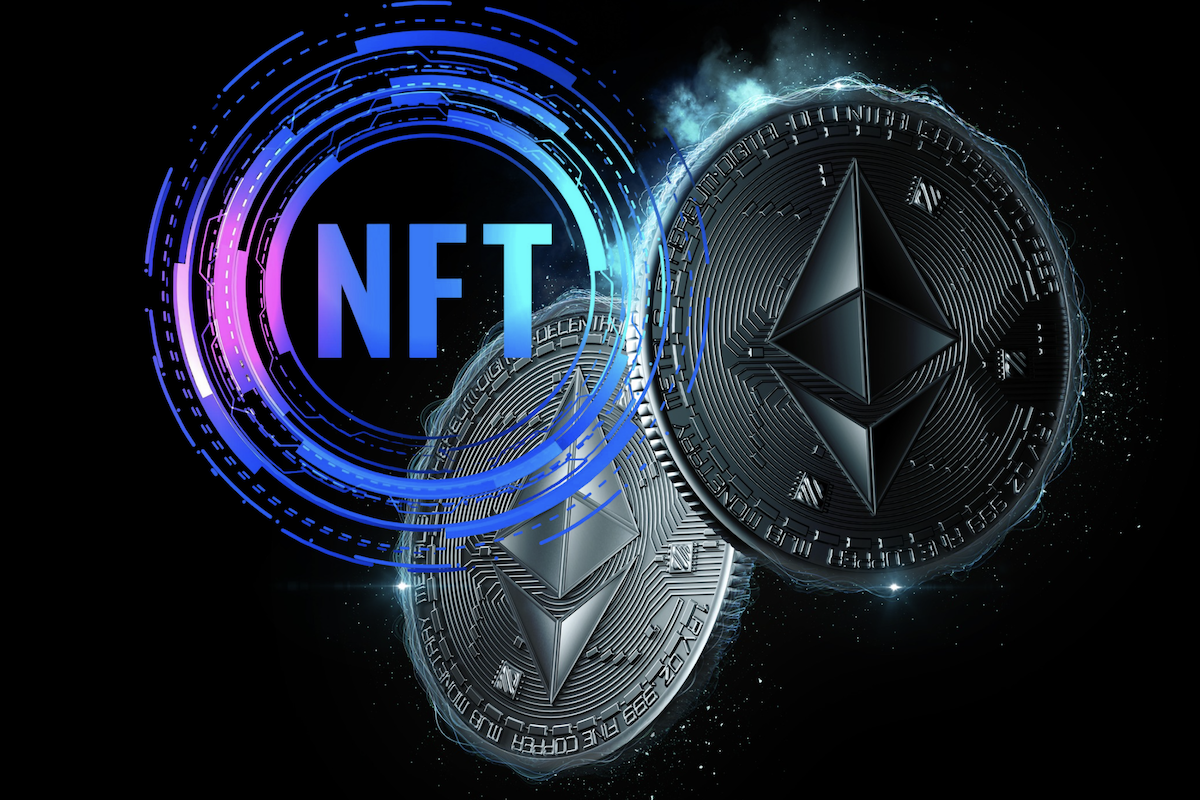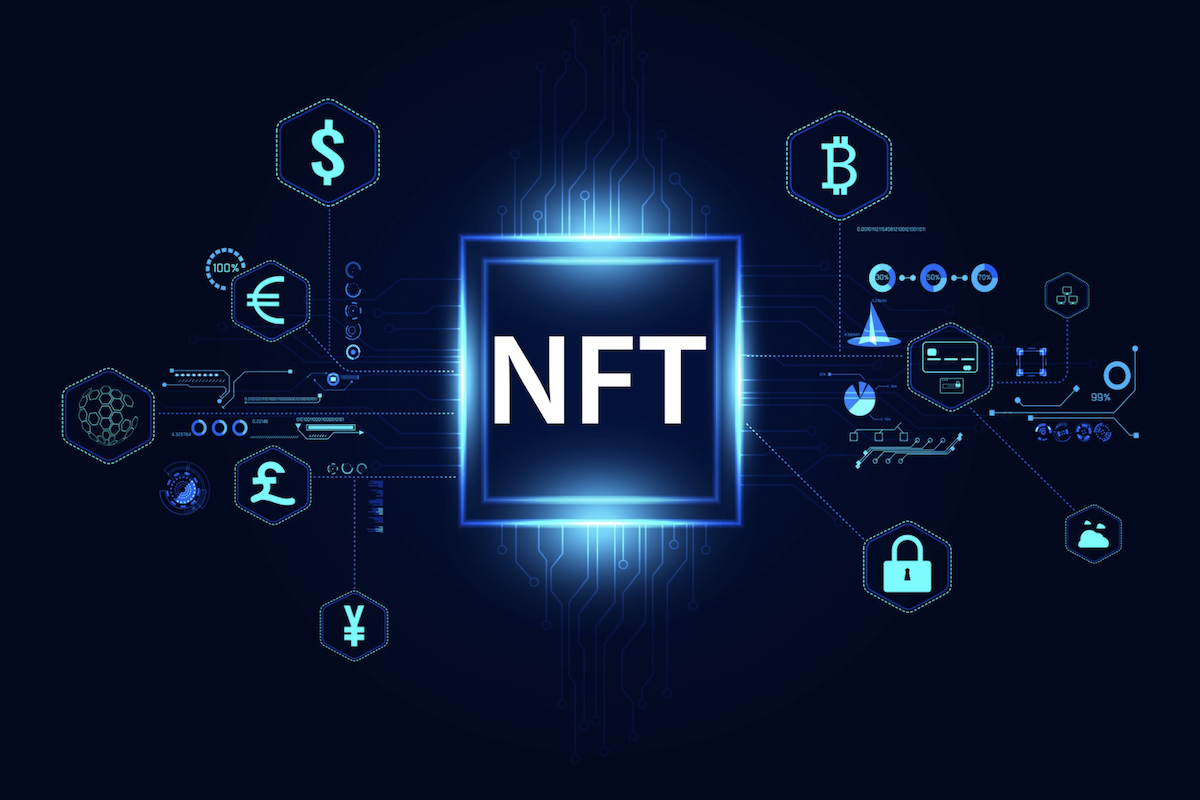Flying Tulip: A Comprehensive Guide to Andre Cronje’s Full-Stack DeFi Ecosystem
Flying Tulip brings Andre Cronje’s full-stack DeFi ecosystem to life with unified trading, ftUSD, and a principal-protected token sale backed by real yield.

Flying Tulip has quickly become one of the most talked-about projects in decentralized finance. The initiative brings Andre Cronje back into the spotlight with a vision that blends advanced on-chain trading, a capital-efficient stablecoin, a cross-margin engine, and a principal-protected token sale—an unusual mix that’s sparked serious curiosity. This guide walks through what Flying Tulip offers, how its token sale works, and why so many investors and developers are paying attention as the ecosystem approaches its next major milestone.
Background and Origin
A Project Led by Andre Cronje
Andre Cronje’s name carries weight across DeFi. His earlier work on Yearn Finance, Keep3r, and the Sonic ecosystem laid groundwork for automated yield strategies, incentive design, and on-chain productivity. Flying Tulip continues that tradition with a more integrated approach.
Cronje’s involvement signals two things. First, the team deeply understands DeFi’s pain points. Second, Flying Tulip aims for practicality instead of hype. Engineers and advisors from DWF Labs, CoinFund, Hypersphere, Nascent, and more strengthen that direction with risk expertise and capital efficiency research.
Why Flying Tulip Exists
DeFi today suffers from fragmentation. Traders move between spot exchanges, perpetuals platforms, money markets, structured vaults, and insurance protocols. Each uses its own pricing assumptions and risk models. That’s inefficient.
Flying Tulip attempts to unify these functions under one cross-margin system. Instead of juggling multiple protocols and margin accounts, users interact with a streamlined financial engine that prices risk consistently across products.
This approach mirrors mature markets like equities and derivatives, where unified risk engines handle a wide range of positions. DeFi has long needed a similar foundation.
Core Innovations
A Full-Stack On-Chain Financial System
Flying Tulip presses forward with a suite of interconnected features, including:
Spot trading
Perpetual futures
Margin-aware lending
Options and structured yield
A stablecoin with built-in protection
Insurance functions backed by protocol revenue
These components share the same collateral and pricing system, letting users move capital freely between products without siloed pools.
Hybrid AMM + Order Book Engine
The trading engine combines automated market making with an order book. This hybrid design gives market makers flexibility, preserves liquidity during volatile periods, and supplies traders with tighter spreads. It’s a step beyond pure AMM designs used by many decentralized exchanges because it accounts for volatility, leverage, and cross-asset correlations.
ftUSD: The Delta-Neutral Stablecoin
ftUSD sits at the center of the ecosystem. It maintains its value through hedged positions and low-risk yield strategies. The stablecoin gives traders more efficient leverage while supplying collateral to the redemption mechanism that backs Flying Tulip’s token sale. Its insurance component protects ftUSD’s peg through systematic risk offsets.
Cross-Chain Deposits Without Traditional Bridges
Deposits flow from multiple blockchains, including Ethereum, Avalanche, Sonic, BSC, Base, and Solana. Instead of relying on a conventional bridging setup, Flying Tulip routes deposits with a different architecture anchored to Sonic, Cronje’s L2.
This approach reduces exposure to vulnerabilities that hit the industry in previous cycles. Major bridge failures cost billions, so developers leaned heavily into on-chain safety this time.
On-Chain Principal Protection
One of Flying Tulip’s most unusual features is its perpetual put-option redemption. Token buyers can burn their FT tokens at any point to reclaim their original deposit.
Refunds don’t rely on new money. Instead, Flying Tulip invests the raised capital into low-risk yield strategies—such as deposits on Aave—to cover redemptions. This aligns the team’s incentives with protocol performance, because revenue triggers buybacks rather than token unlocks.
That structure attracted significant investor attention because it blends safety with upside potential rarely found in crypto fundraising.
Ecosystem Impact and Sonic Integration
Sonic as the Execution Layer
Flying Tulip runs on Sonic, a high-performance layer-2 designed with predictable fees and fast settlement. Since Cronje helped architect Sonic, both ecosystems benefit from tight integration. Flying Tulip adds liquidity and activity, while Sonic provides a smooth environment for advanced financial primitives.
Impact on DeFi in 2025
By late 2025, “protected extraction” models became a trend. Investors wanted a way to participate in token launches without exposing themselves to heavy downside. Traditional ICO models showed their limits during bear markets, so protocols began prioritizing safety.
Flying Tulip sits at the center of that movement. Many analysts see it as the most mature example of the principal-protected design because it ties system incentives directly to revenue.
Funding History
Seed Round and Investors
On September 29, 2025, Flying Tulip raised $200M at a $1B pre-valuation. The round included CoinFund, DWF Labs, Hypersphere Ventures, Republic, Nascent, FalconX, and others. Seed investors received the same terms as public buyers, which cut concerns about insider advantages.
Total Raised and Public Targets
At the time of the public sale, Flying Tulip had roughly $215M committed. Its goal for all public stages combined reaches up to $800M while maintaining a $1B valuation.
Why a $1B Valuation at Launch?
Critics argue the valuation limits early gains. Supporters counter that Flying Tulip isn’t selling equity. Participants deposit capital into a structure that behaves more like liquidity provision. Because deposits stay productive, the FDV reflects economic guarantees rather than pure speculation.
Burn mechanisms and future buybacks aim to counter inflation concerns.

Tokenomics: Understanding $FT
Total Supply and Price
Supply: 10B tokens
Sale price: $0.10
Fully diluted valuation: $1B
Allocation Breakdown
Public sale: 15%
Seed: same price and terms
Team: none at TGE, avoiding early sell pressure
Unlocking and Distribution
All tokens unlock at TGE, which is expected a few months after the sale. This choice surprises many investors, but the burn-for-refund mechanism acts as a balancing force.
Utility and Use Cases
$FT acts as:
A coordination asset for governance
A claim on future protocol revenue via buybacks
Collateral within the platform
A perpetual put option token for redemptions
The last use case is what differentiates FT from typical governance tokens. Buyers hold an asset that benefits from protocol growth yet stays protected by guaranteed refund rights.
Controlling Supply Expansion
Flying Tulip avoids inflationary emissions. Redemption events burn tokens, shrinking supply. Revenue buys tokens from the market. These mechanics help prevent runaway dilution.
Listing Expectations
The team targets TGE in Q1 2026. Sonic-based DEXs and Base ecosystem exchanges are early candidates. CEX listings on platforms like KuCoin or Bitget are possible but unconfirmed.
Until launch, allocation NFTs can be traded on secondary markets.
The Token Sale on Impossible Finance
Structure of the Sale
Impossible Finance hosts the early-access round of Flying Tulip’s sale. It spans multiple phases including staking, purchase rounds, a bonus stage, whitelist options, and a later open public entry.
Key Dates and Milestones
Staking: Oct 31 – Nov 17, 2025
Staked purchase period: Nov 18 – Nov 20
Bonus purchase period: Nov 20 – Nov 21 (for large stakers)
Unstaking: early December and mid-January, depending on pool
Hardcap and Supported Chains
The Impossible phase is capped at $15M. Across Impossible and CoinList combined, early access totals as high as $200M. Staking uses BNB Chain, but purchases support stablecoins and ETH from several networks.
Fees and KYC Notes
Impossible charges a 1% fee. Later stages skip it. KYC is mandatory on Impossible and CoinList but optional for whitelist and public participation.
NFT Redemption Model Explained
Participants receive NFTs representing their allocation. These can be burned anytime for a full refund or traded before TGE. If the sale oversubscribes, allocations adjust proportionally. The NFT model gives flexibility for early exits without harming other participants.
How to Join the Sale
Step-By-Step Overview
Connect an EVM wallet to BNB Chain.
Acquire and stake IDIA tokens.
Build allocation weight through staking duration and multipliers.
Contribute stablecoins or ETH during purchase periods.
Receive NFT representing your FT allocation.
Later, claim FT tokens at TGE or redeem your NFT for refund.
Example Allocation
If total weight equals 10M and your personal weight reaches 60K, your share of the $15M pool equals:
(60,000 / 10,000,000) × $15,000,000 = $90,000
Large stakers gain bonus-pool opportunities and boosts for future Impossible sales.
Whitelist Option
The Flying Tulip website includes a quiz with 10 questions that grant access if answered correctly. Many users share study notes publicly, though the official site remains the safest source of information.
Pros, Cons, and Market Reactions
Strengths
Flying Tulip offers something rare in crypto fundraising: a chance to buy tokens with downside protection. Refund rights remain active indefinitely, giving participants flexibility.
Strong incentive alignment also boosts trust. The team receives compensation only through performance, not unlocks. Veteran builders often highlight this as a healthier model than previous cycles.
Impossible Finance’s track record—over 38 launches with an average 4.13× peak—adds credibility. Community traction on X and Telegram grew quickly, with early guides attracting hundreds of thousands of impressions.
Potential Weaknesses
A fixed $1B valuation raises questions about future returns. Large presale contributions can limit early-stage price discovery. Novel mechanisms such as on-chain puts introduce creative risk vectors that auditors must address.
Capital used for yield-generating refunds offers modest returns compared to aggressive on-chain strategies. Some investors view this as opportunity cost.
Oversubscription is also common in IDO cultures. Smaller participants may receive smaller allocations than expected.
What Analysts Are Saying
Independent reviewers scored Flying Tulip roughly 74/100 on average for innovation and safety structure. Analysts from established channels like CoinBureau called it one of November’s better opportunities thanks to its risk-managed approach.
Sentiment remains optimistic but cautious. Many users appreciate Cronje’s involvement but understand that untested financial engineering always carries risk.
Future Outlook and Roadmap
Bullish Scenario
If Sonic gains strong traction and Flying Tulip attracts traders, its cross-margin engine could draw over $1B in TVL. Revenue-driven buybacks would then elevate FT’s price. Some models project FT reaching $0.50 or more if activity remains high.
Bearish Scenario
If trading volume remains weak, revenue could fall short of covering redemptions, encouraging more users to cash out. A redemption spiral would shrink supply but could stall growth. A market downturn after TGE might also pressure early holders to exit.
What Comes Next
The team plans a security audit wave, a beta launch early in 2026, and a full mainnet rollout afterward. Updates appear regularly on Sonic channels, Flying Tulip’s official account, and Impossible Finance’s dashboard.
Final Thoughts
Flying Tulip pushes DeFi into new territory by merging trading engines, structured finance, and a risk-adjusted fundraising approach. Its principal-protected framework offers an unusual blend of safety and growth potential, backed by one of the most respected builders in the space. Time will reveal whether this experiment becomes a defining moment for on-chain finance or a stepping-stone to even more advanced designs. Either way, Flying Tulip has captured the attention of investors, developers, and analysts who’ve followed DeFi since its earliest days.
Frequently Asked Questions
Here are some frequently asked questions about this topic:
Is Flying Tulip safe?
Its structure reduces common ICO risks by offering full refunds. Smart contract audits are still underway, so users should remain cautious.
Why does the project use a stablecoin like ftUSD?
ftUSD supports cross-margin trading, provides consistent collateral, and powers the refund engine.
Can FT tokens be sold before TGE?
Yes. Allocation NFTs can be traded on secondary platforms.
Is the $1B valuation justified?
Supporters view it as a reflection of guaranteed protection and capital productivity. Critics say it limits early upside.





